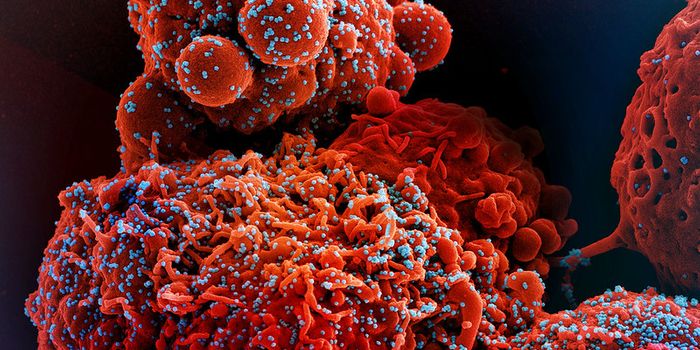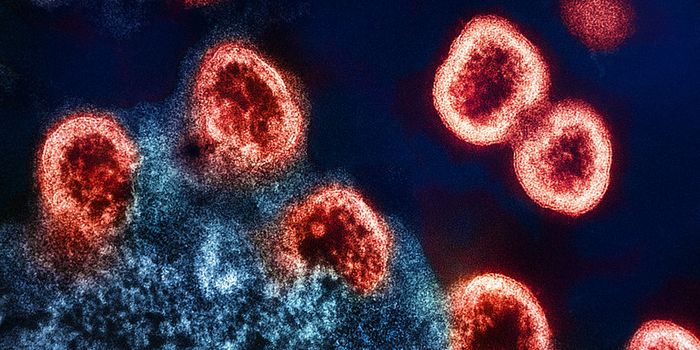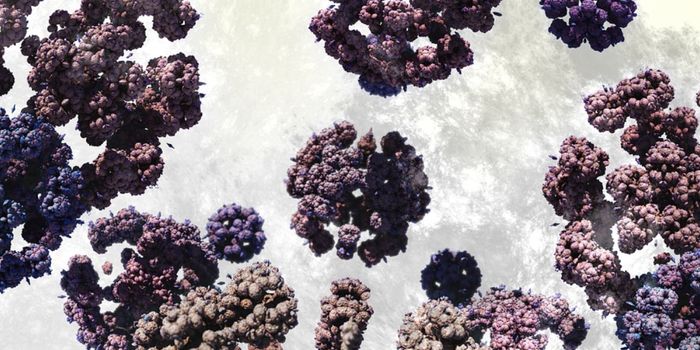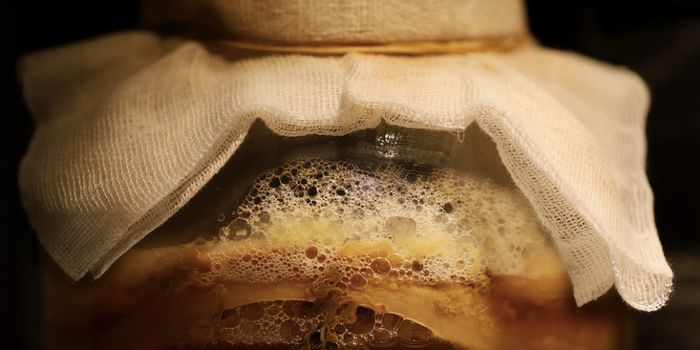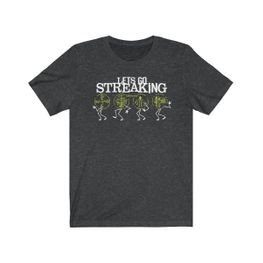New Insights Into How SARS-CoV-2 Uses Host Cells to Enhance Infectiveness
SARS-CoV-2 is a highly infectious virus that has caused the COVID-19 pandemic. Researchers have now had several years to study this virus, and several new reports have outlined the many ways that the virus can efficiently infect cells, and even boost its own infectiveness with host cell proteins.
In one study reported in Nature Communications, scientists found that the virus uses a host cell enzyme to make a modification to the viral spike protein, which is required for the virus to infect cells. This modification is made by the enzyme ZDHHC20, which normally adds fat molecules to proteins. This enzyme can change the way proteins work, and the virus takes it over.
SARS-CoV-2 is able to alter the place in the genome where the ZDHHC20 enzyme is transcribed; the transcriptional state site of the zdhhc20 gene actually moves. In cells and animal models, the researchers found that the change in the start site generates an enzyme that has an additional 67 amino acids compared to one made from the normal start site. This new virally-modified enzyme then increases the addition of lipids to the viral spike protein by 37 times, significantly boosting the infectiousness of the virus.
The scientists also found that cells may normally change transcriptional start sites when they are under stress. Thus, SARS-CoV-2 could be taking over a pre-existing cellular response that can aid the virus.
In an unrelated study also reported in Nature Communications, researchers learned more about the viral spike protein of coronaviruses by using cryogenic electron tomography (cryo-ET), which combines cryo-EM images to generate a high resolution, three-dimensional pictures.
This revealed a tiny hinge that is surrounded by sugar molecules, which enables part of the spike protein to bend on its stem. While this study used a benign relative of SARS-CoV-2, it could lead to new ways to prevent infection. The work also showed that spike proteins on coronaviruses are not all alike; some are spherical and others are not, some are decorated with spikes while some have none.
“People working on the more dangerous coronaviruses, including MERS-CoV and SARS-CoV-2, have identified a region equivalent to this one and discovered antibodies targeting this region,” said Jing Jin, a biologist at Vitalant Research Institute and adjunct assistant professor at the University of California, San Francisco. “That tells us it’s a critical region that is highly conserved, meaning that it has stayed much the same over the course of evolution. So maybe by targeting this region in all coronaviruses, we can come up with a universal therapy or vaccine.”
In another Nature Communications study, scientists have shown that a newly identified RNA element called SPEAR (sarbecoviral pan-end activating RNA) and a complex that binds to SPEAR are critical to the SARS-CoV-2 host cell infection process.
One part of viral RNA folds into a specific 3D structure that mimics one found in host cells. The viral RNA can then bind to host cell proteins, and the virus can start orchestrating the production of viral genes, including which are transcribed and how often.
The study determined that four enzymes in host cells can bind to this viral RNA to form the SPEAR-binding complex, which enhanced the production of viral proteins even more.
"The proteins within the SPEAR complex we knew about, and we knew their functions within host cells. They're essential for our health," said Debjit Khan, PhD of the Cleveland Clinic Foundation. "But we learned that the virus has figured out a way to use these for its own benefit."
Sources: Ecole Polytechnique Federale de Lausanne (EPFL), Nature Communications Mesquita et al 2023, Stanford University, Nature Communications Chmielewski et al 2023, Cleveland Clinic, Nature Communications Khan et al 2023
-
MAY 07, 2024Is It Anti-RNP or Anti-Sm/RNP?
-
MAY 08, 2024Expand your Multiomic Capabilities with RNAscope™
- See More
-
APR 30, 2024Immuno-Oncology Virtual Event Series 2024
-
MAY 07, 20243rd International Biosecurity Virtual Symposium
-
MAY 23, 2024For the Love of Digital PCR 2024
- See More


